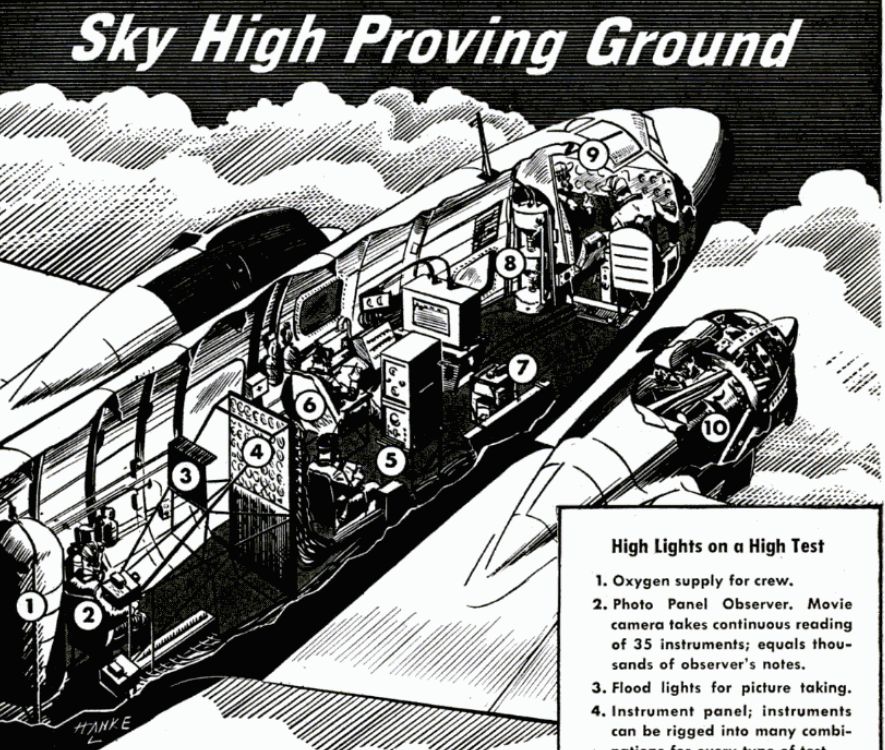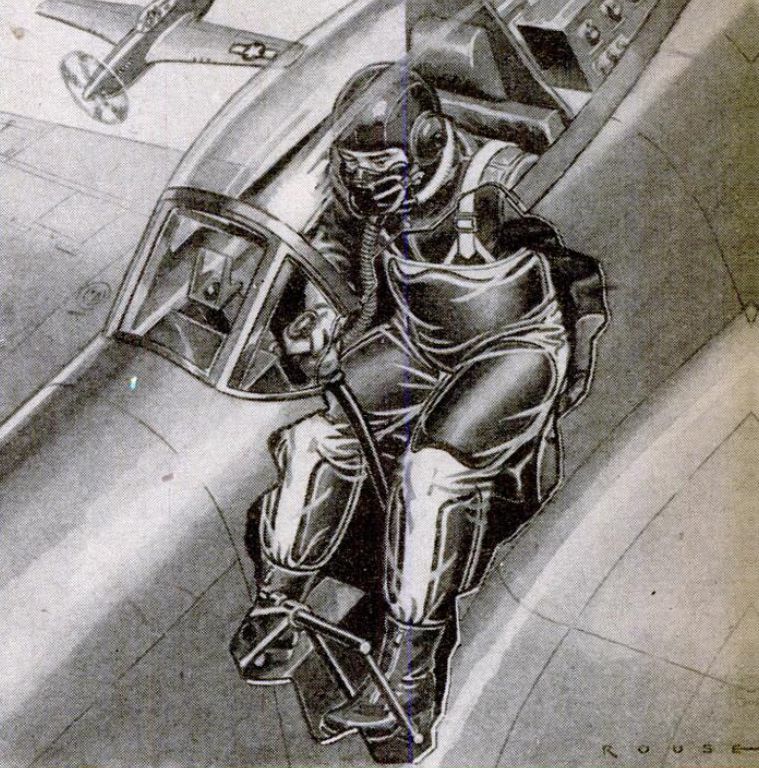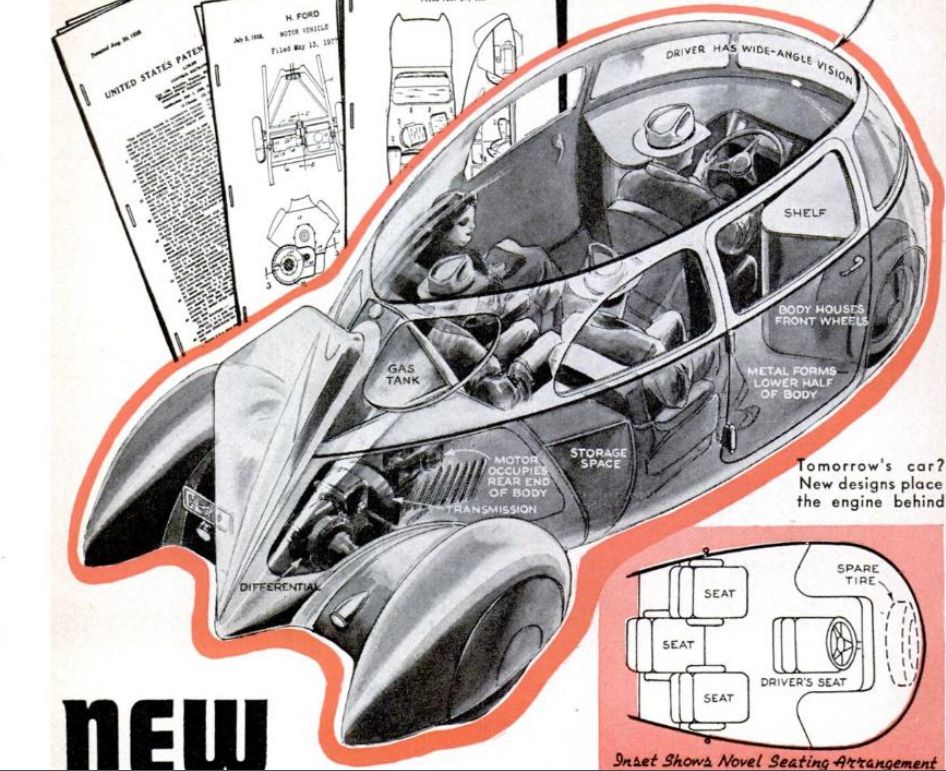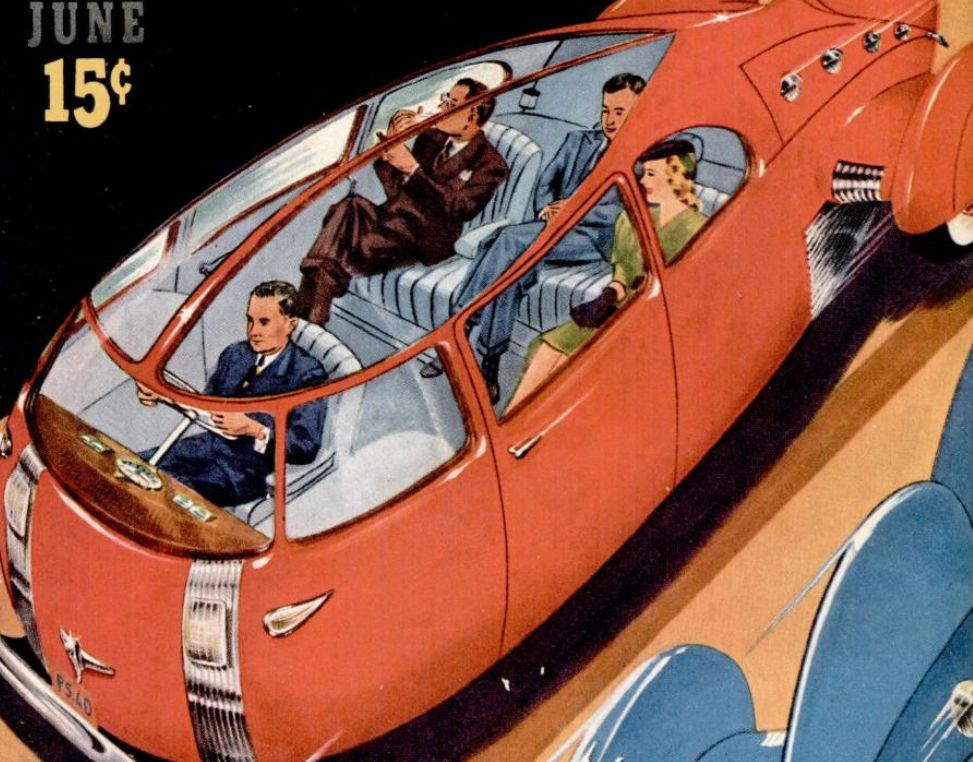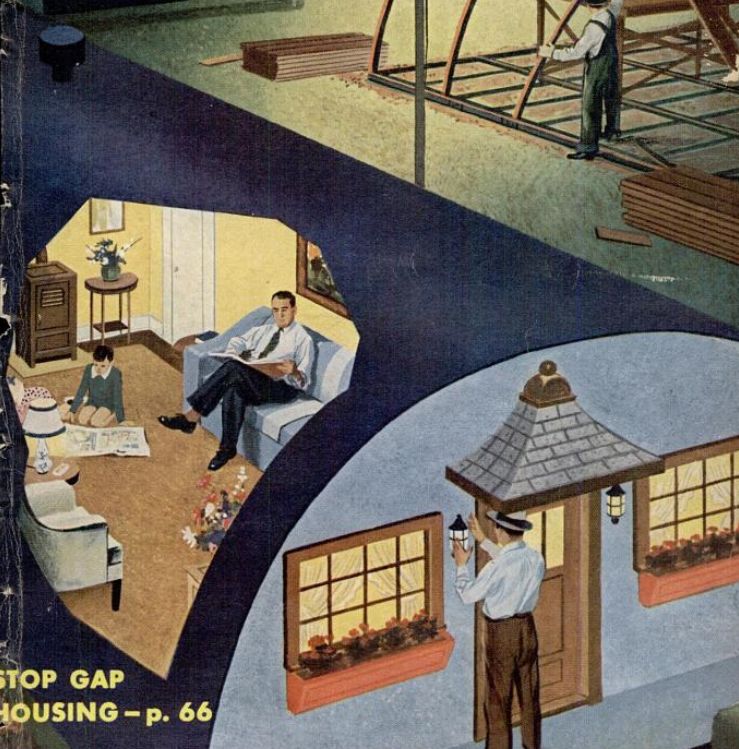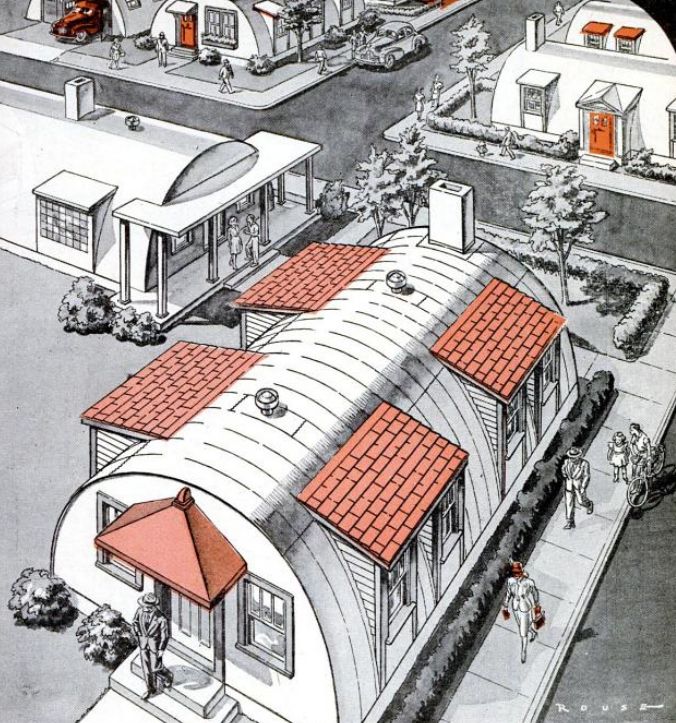Naturally, in the popular press of the time, Consolidated Vultee’s B-24 Liberator bomber would be hailed as a magnificent fighting machine, capable of plowing down any obstacle like cutting through butter.
While the B-24 did have its strong points, crew members had a different angle on the craft. Lately, I have been reading Laura Hillenbrand’s book Unbroken: A World War II Story of Survival, Resilience and Redemption. The person who is the centerpiece of the book, Louis Zamperini, who was a B-24 bombardier, says that the B-24 was called other names by crew members, such as “The Constipated Lumberer,” “The Flying Coffin,” and “The Flying Brick.”
Click to Enlarge to 1328 x 506 px:
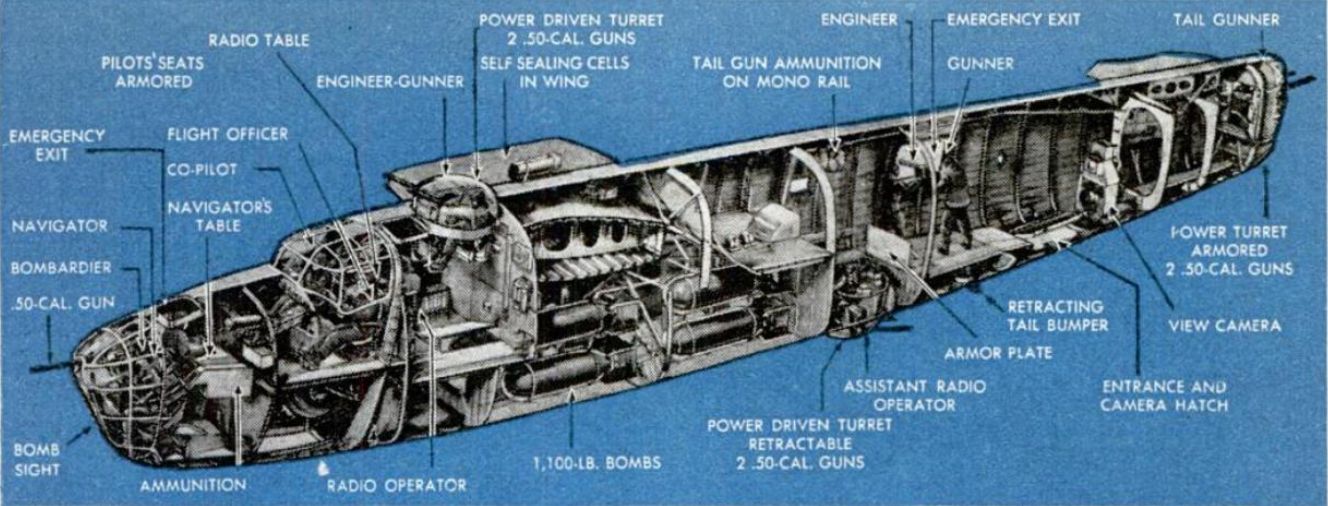
Source: Popular Mechanics November 1943


